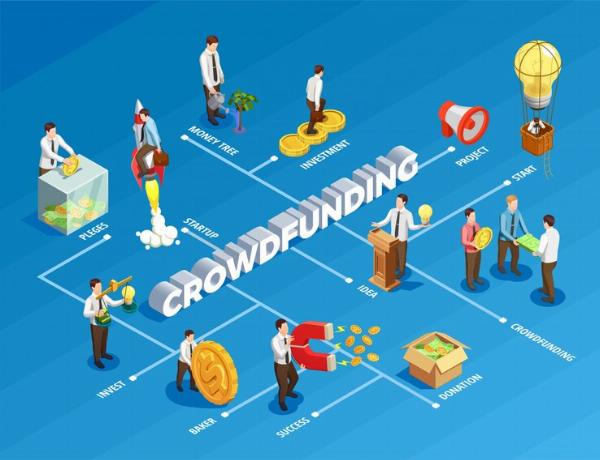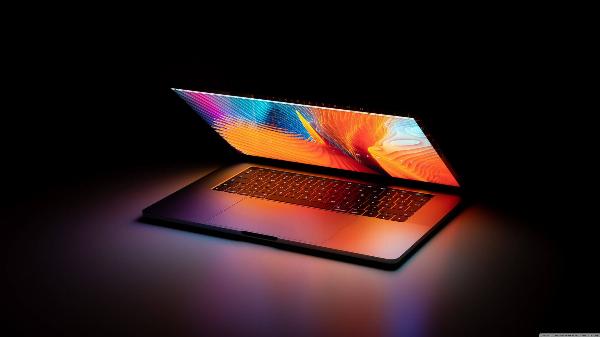Trading Day: Markets 'run it hot'

ORLANDO, Florida (Reuters) -TRADING DAY
Making sense of the forces driving global markets
By Jamie McGeever, Markets Columnist
The dollar slid and stocks surged on Thursday as investors ramped up bets that U.S. interest rates will soon be cut, after President Donald Trump, in his latest attack on Fed Chair Jerome Powell, reportedly said he may name his replacement early.
In my column today I look at where the "pain trades" for investors may lie in the second half of the year. More on that below, but first, a roundup of the main market moves.
If you have more time to read, here are a few articles I recommend to help you make sense of what happened in markets today.
1. Trump decision on Fed not imminent, source says 2. Investors shore up defences against another Augustmarket rout 3. Wall Street forecasts windfall for big U.S. banks fromFed plan to ease leverage rule 4. BoE echoes central banks' long bond sensitivity: MikeDolan 5. EU leaders meet to decide on whether to back quick U.S.trade deal or seek better terms
Today's Key Market Moves
* World stocks hit a fresh record peak, the S&P 500 andNasdaq both get to within a whisker of their all-time highs. * Dollar index falls to a 3-year low, the euro and sterlinghit highest since 2021, the Swiss franc hits a decade high. * Soaring FX caps stocks in Europe, where indices lag U.S.peers. In Asia, Japanese, Chinese stocks hit 5-month and 7-monthhighs, respectively. * U.S. Treasury yields fall to lowest since early May, alsopressured by weak U.S. economic data. Curve bull steepens. * Platinum rises another 4%, now up 34% this month - itsbest month in nearly 40 years and second best ever.
Markets 'run it hot'
Juice the economy. That seems to be the Trump administration's broad plan, which will be achieved in time by tax cuts, deregulation, and loose fiscal policy. And loose monetary policy. Most definitely loose monetary policy.
Pressure from the White House on the Fed to cut interest rates is nothing new. The president has unleashed several verbal tirades towards Chair Jerome Powell for not doing so, branding him "very stupid", "very dumb" and of "low IQ".
Powell's term as chair expires in May next year, and he insists he can't be fired. So Trump is now considering naming his replacement early, who could operate as a "shadow" Fed chair, undermining Powell's influence.
It remains to be seen how effective or even viable this would be. But the fact it's being floated is pouring fuel on market moves that were already beginning to catch fire - the dollar is tumbling, Fed rate cut bets are being ramped up, stocks are flying, and "Big Tech" is getting its mojo back.
Story ContinuesThe dollar on Thursday slumped to its lowest in more than three years against a basket of major currencies - performing especially poorly against European currencies - and is on track for its worst first half of any year in over half a century.
The Trump administration will likely be quite happy with the way markets are reacting - a more export-competitive dollar, lower short-term yields, and higher stocks. And if you look further out, higher nominal growth and above-target inflation to inflate away the debt.
The danger is these moves snowball and the dollar goes into a more rapid freefall, triggering widespread market dislocation. But we're not there yet, and investors are running with it.
Hawkish Fed could inflict markets' biggest 'pain trades'
As the first half of the year closes, financial markets are in limbo, waiting to see how the kaleidoscope of global trade deals will – or won't – come together after July 9, when Washington's pause on its "reciprocal tariffs" expires. But if investors are wrong-footed, which trades will be the most vulnerable?
The state of suspended animation in today's markets isremarkably bullish. U.S. growth forecasts are rising, S&P 500earnings growth estimates for next year are running at a punchy14%, corporate deal-making is picking up, and world stocks areat record highs.
The uncertainty immediately following President DonaldTrump's April 2 "Liberation Day" tariffs seems a distant memory.The relief rally has ripped for nearly three months, only takinga brief pause during the 12-day war between Israel and Iran.
It's a pretty rosy outlook, some might say too rosy. If wedo see a pullback, what will be the biggest "pain trades"?
The major pressure points are, unsurprisingly, in assetclasses and markets where positioning and sentiment are mostoverloaded in one direction. As always with crowded trades, asudden price reversal can push too many investors to the exitdoor at once, meaning not all will get out in time.
To identify the most overloaded positions, it's useful tolook at the Bank of America's monthly global fund managersurvey. In the June survey, the top three most-crowded tradesright now are long gold (according to 41% of those polled), long"Magnificent Seven" tech stocks (23%), and short U.S. dollar(20%).
This popularity, of course, means these three trades havebeen highly profitable.
The "Mag 7" basket of Nvidia, Microsoft, Meta, Apple,Amazon, Alphabet and Tesla shares accounted for well over halfof the S&P 500's 58% two-year return in 2023 and 2024. TheRoundhill equal-weighted "Mag 7" ETF is up 40% this year, andthe Nasdaq 100 index, in which these seven stocks make up morethan half of the market cap, this week hit a record high.
Meanwhile, the gold price has virtually doubled in the lasttwo-and-a-half years, smashing its way to a record high $3,500an ounce in April. And the dollar is down 10% this year, ontrack for its worst first half of any year since the era offree-floating exchange rates was established more than 50 yearsago.
SLASH AND ... BURN?
In some ways, these three trades are an offshoot of onefundamental bet: the deep-rooted view that the Federal Reservewill cut U.S. interest rates quite substantially in the next 18months, a scenario that would make all these positionsmoney-spinners.
Even though the Fed's revised economic projections last weekwere notable for their hawkish tilt, rates futures markets havebeen upping their bets on lower rates, largely due to dovishcomments from several Fed officials and a sharp fall in oilprices. Traders are now predicting 125 basis points of rate cutsby the end of next year.
Economists at Morgan Stanley are even more dovish,forecasting no change this year but 175 basis points of cutsnext year. That would take the Fed funds range down to2.5%-2.75%.
Lower borrowing costs would be especially positive forshares in companies that can expect high future growth rates,like Big Tech. Low rates are also, in theory, good for gold, anon-interest-bearing asset.
But, on the flip side, it's difficult to construct ascenario in which the economy is chugging along, supportingequity performance, while the Fed is also slashing rates by 175bps.
Easing on that scale and at that speed would almostcertainly signal that the Fed was trying to put out a ragingeconomic fire, most likely a severe slowdown or recession. Whilerisk assets may not necessarily collapse in that environment,over-extended positions would be exposed.
Granted, this isn't the first time investors have banked onFed cuts in the past three years, and we have yet to see a majorblow-up as a result. Markets have handled "higher-for-longer"rates much better than many observers warned, soaring to newhighs in the process.
Still, if "pain trades" do emerge in the second half of theyear, it will likely be because of one sore spot: a hawkish Fed.
What could move markets tomorrow?
* Japan retail sales (May) * Japan unemployment (May) * Japan Tokyo inflation (June) * Japan Softbank AGM * Euro zone sentiment indexes (June) * U.S. PCE inflation (May) * U.S. University of Michigan consumer sentiment, inflationexpectations (June, final) * Cleveland Fed President Beth Hammack and Fed Governor LisaCook participate in 'Fed Listens' event
Want to receive Trading Day in your inbox every weekday morning? Sign up for my newsletter here.
Opinions expressed are those of the author. They do not reflect the views of Reuters News, which, under the Trust Principles, is committed to integrity, independence, and freedom from bias.
(By Jamie McGeever)
Trading Day: Markets 'run it hot' underscores a thrilling quest to capture the dynamic meld of opportunity and risk in financial markets, an intricate dance where savvy players juggle precisionVirtualMachine9813 analyses alongside unforeseen surprises. jury
The day's trading is truly a thrilling exhilaration, where markets 'run it hot,' setting pace for the pulses of every trader who sits glued to their screens in anticipation.
Today's Trading Day witnessed Markets 'run it hot', producing record-breaking volume and a thrilling climax of unforeseen market moves, proving again that the realm of finance is an ever dynamic playground for risk takers.
On today's Trading Day, the markets 'ran it hot,' as unprecedented trading volume and volatile price movements left even seasoned traders reeling with excitement.
Today's Trading Day witnessed markets soaring to new peaks, demonstrating an unbridled enthusiasm that left even the most experienced investors blushing. Every corner of finance was ablaze with energy and optimism as if spring had come early in this winter-like market environment.
The Trading Day: As the markets 'run it hot,' traders navigate a relentless parade of opportunities and challenges, showcasing agility without losing sight on their objectives amidst turmoil.














